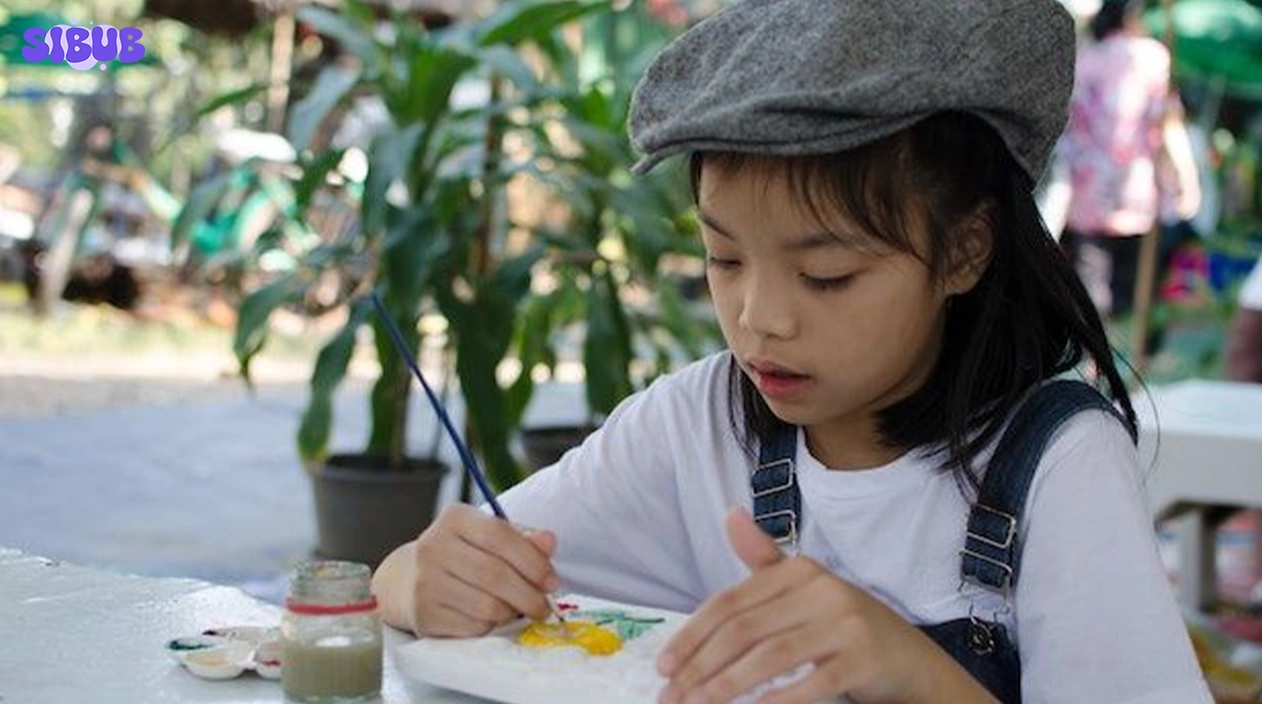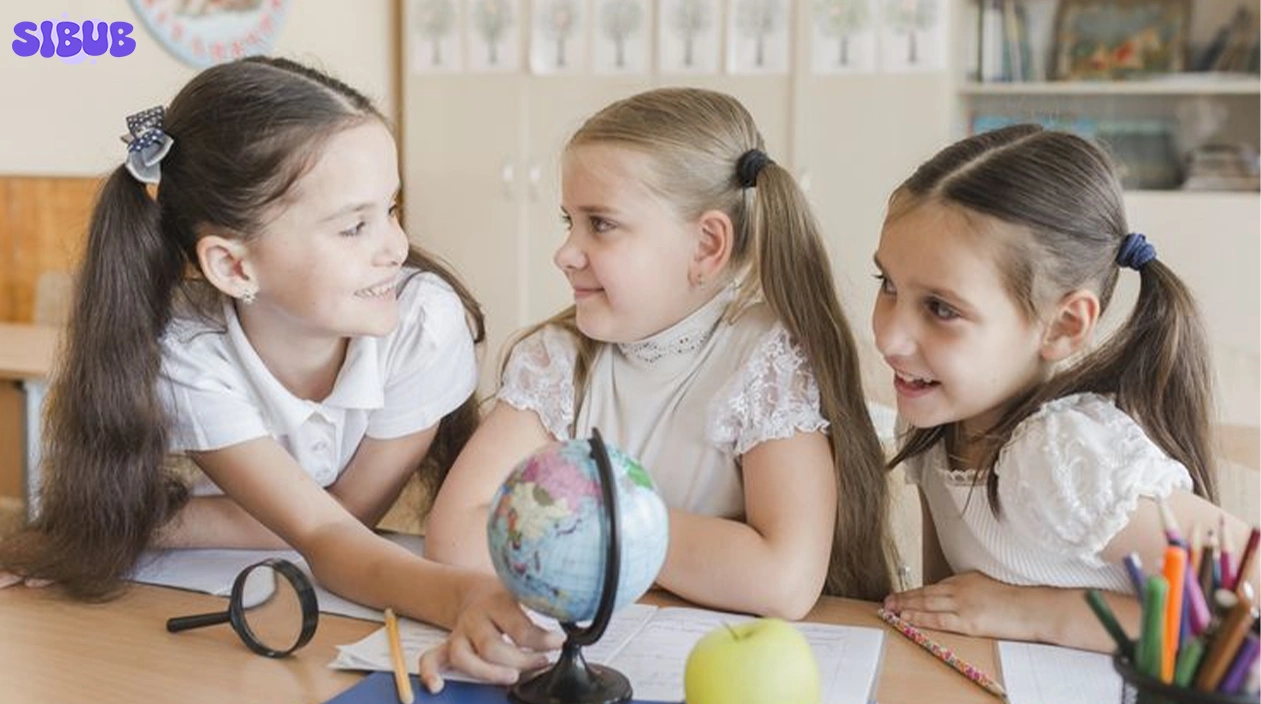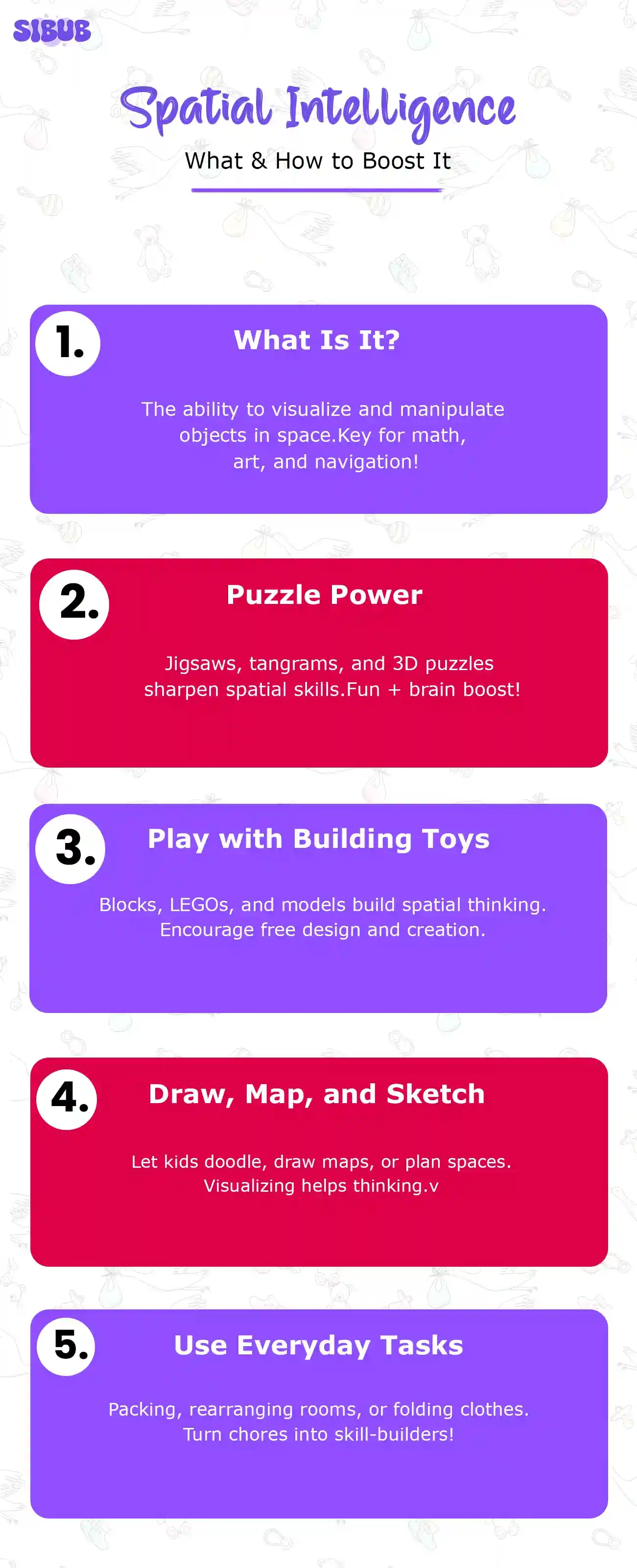Spatial Intelligence: What Is It, and How Can We Enhance It?
Even though spatial intelligence continues to be an essential quotient of a human’s cognitive capability and understanding, it often gets ignored both in the home environment as well as the academic world.
Fortunately, spatial intelligence, similar to reading and doing maths, can be nurtured and developed through appropriate engagement over time.
Then, let’s get into the details of what is spatial intelligence? And also, why is it important? Moreover, what are the ways parents can support the development of relevant skills in their children during routine tasks?
Let’s understand and get the answers to all these questions in detail.
What Is Spatial Intelligence?
In simple terms, spatial intelligence (also known as visual spatial intelligence) is the ability to see with the “mind’s eye.” It’s how we visualize objects, understand space, and mentally rotate or rearrange shapes. Think of it as the brain’s way of understanding how things fit together in space.
Discover: 9 Printable Feelings Chart for Kids To Support Emotional Growth
Spatial intelligence has been defined by psychologist David Lohman as the capability to “generate, retain, retrieve, and transform well-structured visual images”

So, what is the spatial intelligence used for? You use it when:
- Reading a map
- Assembling furniture
- Playing with blocks or LEGO
- Solving puzzles
- Drawing or sketching
- Figuring out how to pack a suitcase
Even performing simple tasks like differentiating right from left and visualizing prospective enhanced arrangements of new furniture in a room requires some form of spatial reasoning.
Why Is Spatial Intelligence Important?
Judging by their occupations, one might think that spatial thinkers are only found in the fields of engineering, art, or architecture. But, in fact, spatial abilities are critical in many other professions and in day-to-day activities.
Here is a major reason why this ability matters:
- STEM Achievement: Children with strong spatial abilities and skills tend to excel in science, technology, engineering, and math (Wai et al., 2009).
- Mathematics and Reading in Early Childhood: Good spatial reasoning preschoolers outperform their peers in both mathematics and reading several years down the line (Zhang et al., 2014; Franceschini et al., 2012).
- Career Opportunities: Teens with high spatial ability are more likely to enter careers in science, business, or visual arts.

Is Spatial Intelligence Genetic or Learned?
Some people are naturally better at spatial thinking than others. Researchers have even linked higher spatial abilities to hormones like testosterone (Pintzka et al., 2015). However, that’s only part of the story.
Studies show that with training and practice, spatial intelligence can improve, regardless of gender or age. Even children and adults who start with lower skills can catch up with just a few weeks of targeted practice.
Explore: The Importance of Father-Daughter Bond: Why Every Daughter Needs Her Dad
How to Boost Spatial Intelligence: 9 Practical Tips for Parents
You don’t need fancy tools or expensive apps to help your child become a stronger spatial thinker. Many of the best strategies involve simple, fun, everyday activities. Here’s how to get started:
1. Use Spatial Vocabulary at Home
Words matter. When you describe where something is, use spatial language like:
- “Behind the couch”
- “Next to the lamp”
- “Above the shelf on the right”
This kind of talk helps kids think in terms of spatiality. One study found that toddlers who heard more spatial words scored better on spatial tests years later (Pruden et al., 2011).
Parenting Tip: Swap vague terms like “here” or “there” with more detailed directions.
2. Play with Blocks and LEGO
Structured block play is a powerful way to build spatial reasoning. One study had kids do just five short block play sessions, and they showed better performance on mental rotation tasks and brain scans (Newman et al., 2016).
Encourage your child to recreate models, follow LEGO instructions, or invent new structures.
3. Play Video Games (Yes, Really!)
Action video games like 3D puzzle games or even Minecraft can boost visual spatial intelligence. In one study, students who played just 10 hours of video games showed major improvements in mental rotation skills, especially girls (Feng et al., 2008).
Look for games that involve building, exploring, or manipulating shapes in space.
4. Sketch and Draw
Drawing exercises help children imagine and recreate spatial forms. Try these simple drawing games:
- Draw your house or room from memory
- Create mazes
- Sketch objects from different angles
This builds the mental muscle behind spatial ability and creativity.
5. Use Memory Palaces
Memory palaces help link ideas to places. Teach your child to imagine placing information in different rooms of your house. Later, they can “walk through” and recall it.
This fun method strengthens both spatial intelligence and memory.
6. Solve Puzzles Together
Puzzles, physical or digital, are great for spatial development. Try:
- Jigsaw puzzles
- Tangrams
- Rubik’s Cube
- Puzzle apps like Lumosity
Puzzles require mental rotation, shape recognition, and planning, core skills for spatial thinkers.
7. Play Chess
Chess is another excellent way to strengthen spatial reasoning. Players must mentally track how the board will change with each move. It’s like doing geometry with no numbers.
Check this out: Using OTC Drugs Runny Nose Medicine to Treat Cold
8. Fly a Drone or Navigate a New Route
Controlling a drone or navigating without GPS forces kids to think in real time about orientation, direction, and distance.
Next time you’re going somewhere familiar, ask your child to give directions without using Google Maps.
9. Talk More During Play
When you play together, describe what’s happening in spatial terms:
- “Let’s put this block under the bridge.”
- “Can we move the car to the left lane?”
Studies show that kids learn more when parents talk this way during joint play (Loewenstein & Gentner).

How Long Does It Take to See Results?
You might think it takes months of training. But the truth is, even short activities make a big difference.
- After one 20-minute session of spatial training, 8-year-olds improved in math (Cheng & Mix, 2013).
- In just 8 weeks, first-grade girls caught up with boys on mental rotation tasks (Tzuriel & Egozi, 2010).
The key? Consistency and encouragement. A little every day adds up fast.
Gender Gaps and How to Close Them
Boys are often assumed to be “naturally” better at spatial ability. But much of the difference may come from how we talk and play with our kids.
In a study by Pruden & Levine in 2017, parents used more spatial words with boys than with girls, and those boys later had stronger spatial abilities.
Be aware of bias. Encourage girls just as much as boys to build, explore, and talk about space.
Learn More: 120 Self Love Affirmations to Boost Self-Esteem
Final Thoughts: Why Parents Should Care About Spatial Intelligence
You don’t need to raise an architect or engineer to care about spatial intelligence. Every child uses these skills daily, whether they’re reading a map, doing math, or building a fort in the living room.
Best of all? Kids can learn it, practice it, and enjoy it. From LEGO to puzzles, drone flights to doodles, building visual spatial intelligence can be fun, bonding, and brain-boosting.
So next time your child stacks blocks or draws a maze, smile. They’re not just playing, they’re building a brain wired for spatial success.
